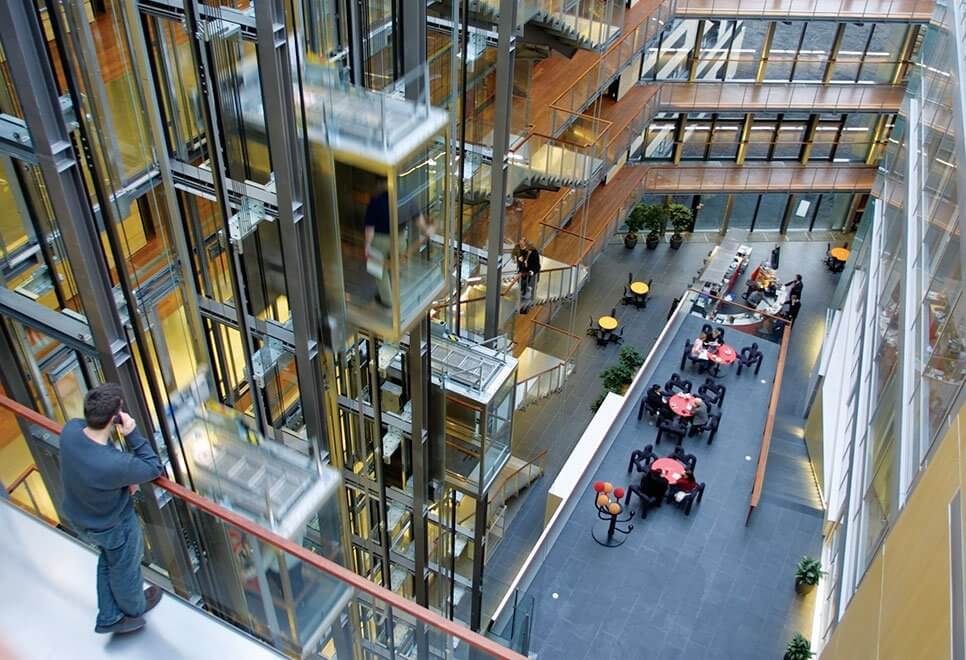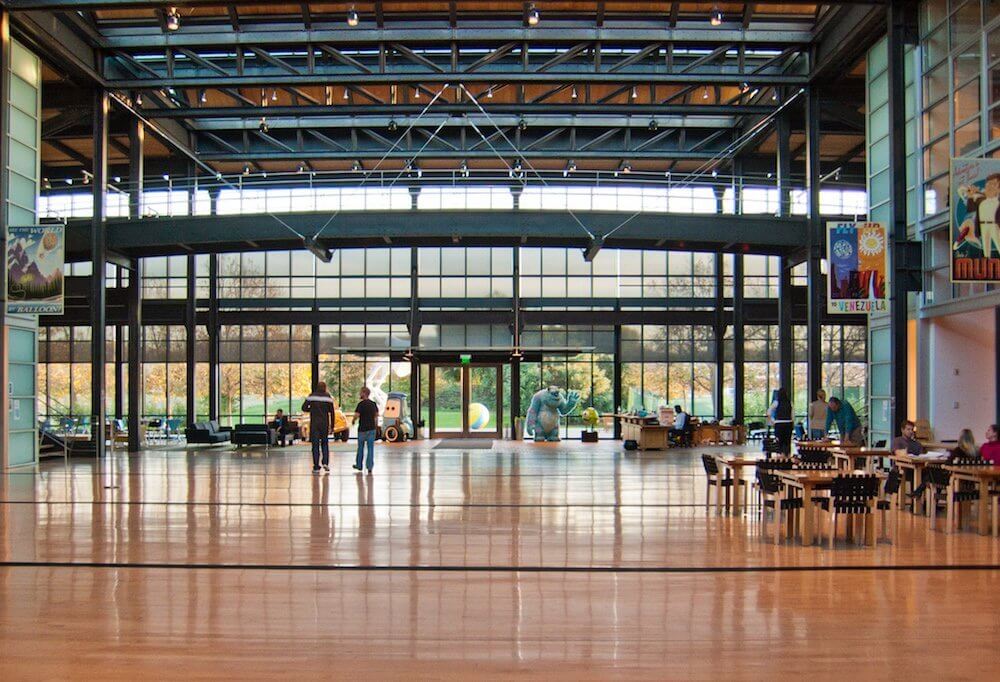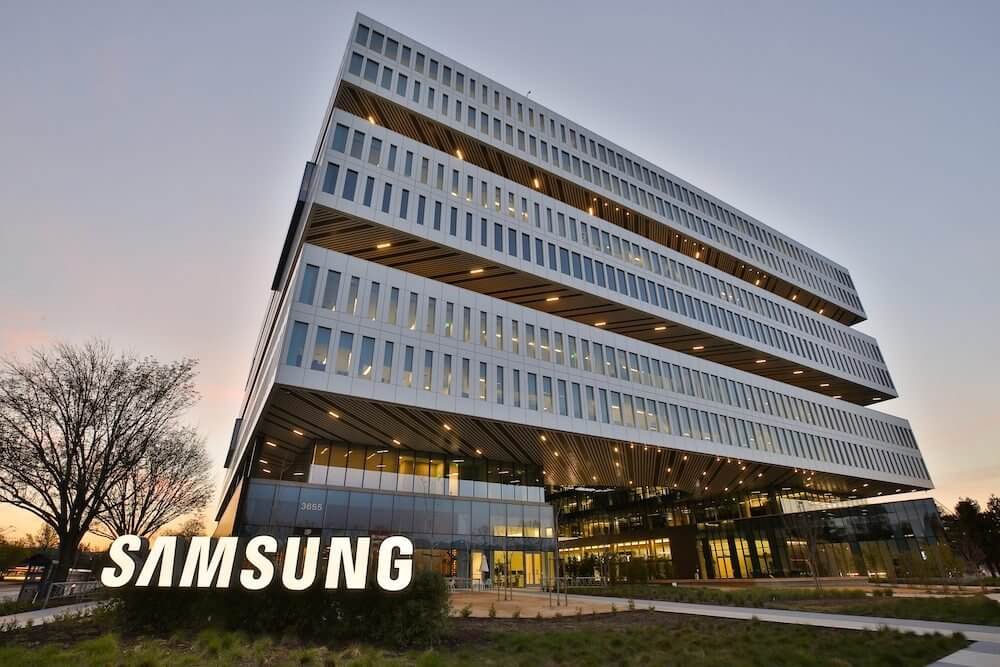How 3 Top Companies Solved 3 Tough Challenges Through Office Design
By Darin Herle• 3 mins read•August 9, 2018

Live plants, natural light, quiet spaces and shared communal areas are just some of the office fixtures that have been proven to improve employee wellness—but did you know that the impact of office design can extend far beyond wellness? The way an office space is designed can, and should, have a tangible effect on a company’s bottom line. Through careful design, companies can improve employee wellness, collaboration and productivity, while actively reducing costs. Here are three examples of companies that were able to tackle business challenges through smart office design.
Telenor

Problem
As one of the biggest telecommunications companies in Europe, Telenor faced the challenge of consolidating 40 buildings and bringing 7,700 employees into its new headquarters in Fornebu, Norway. The drastic move was intended to simultaneously reduce real estate costs and increase employee collaboration. Along with these goals came the challenge of designing a space that reflected the company’s status as one of the world’s leading carriers.
Solution
With the help of architectural firm NBBJ, Telenor created a bold and unique office space that wholeheartedly embraced hot desking and increased remote work. Despite housing 6,000 workstations spread across eight office wings, most of these workspaces were not assigned to individual employees. This break from the traditional office model meant that employees could now shift from station to station depending on their needs, while the immense central plaza created a space where employees could spontaneously meet and share knowledge. From a business perspective, the implementation of these changes allowed Telenor to reduce their space per employee from 38 square meters to 21.4 square meters, while also saving the company about $12 million USD in real estate costs per year.
Pixar

Problem
Originally, Pixar operated out of three separate buildings. One housed computer scientists, another animators and the third the executives and editors. When Steve Jobs arrived on the scene in the late 1990s, he quickly saw that this office design was limiting collaboration in an environment where feedback and discussion were crucial. His challenge was to eradicate these physical barriers and bring together a pool of talented employees for heightened spontaneous collaboration.
Solution
Jobs got rid of the departmental divisions and created a single space for all employees. Now the entire organization was able to mingle and share ideas. In Creativity, Inc., Pixar’s co-founder Ed Catmull wrote about using circular desks to eliminate any sense of hierarchy, as well as feedback rooms where everyone’s opinion was welcome, regardless of their title. These design choices incubated creativity and created an environment where honest feedback was encouraged. This shift was vital to the success of Pixar’s works-in-progress.
Samsung

Problem
When Samsung decided to build its headquarters in San Jose, it found itself setting up shop in the heart of Silicon Valley, where competition is especially fierce among recruiters. The company had to design something truly unique and functional to show that a legacy organization could offer the same working environment as a trendy startup.
Solution
Samsung’s solution was to construct an innovative modern building that provided ample open-air spaces equipped with gardens and social amenities. The cafeteria was placed outdoors to encourage people to get outside on their breaks. Spaces like a fitness center, nap pods and music rooms were included to ensure employees had places to recharge. This approach to office design ensured that employees were put front and center, creating a desirable working space that would attract the best recruits.
Every company faces unique challenges, but great office design can help achieve just about any business goal. Whether its creating spaces that enhance productivity and efficiency, or lowering costs and driving employee retention, office design can help boost the bottom line.
Office design and management can help boost your bottom line in simple ways. Here are 4 easy ways to reduce costs and improve the ROI of your office.
Photo Credits: Unsplash / Venveo, Telenor / NBBJ, Pixar / Jason Pratt, Samsung / Samsung Newsroom



